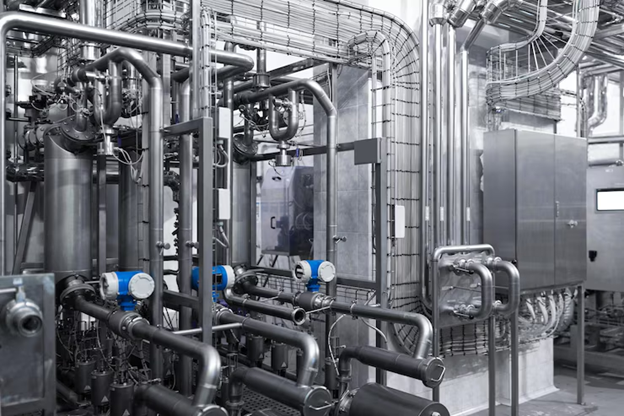Which is Better, a Tank Or Tankless Water Heater?
If you’re a homeowner looking for a water heater, you may be wondering which type is better for your home. Consider several factors: energy efficiency, installation cost, and advantages. Let’s take a closer look at the benefits of each. Whether a tankless water heater is better for you depends on your lifestyle and household needs. Read on to learn more about the pros and cons of both.
Energy efficiency
When choosing between a tankless or tank-style water heater, it is essential to consider the energy efficiency of each. Tankless heaters have a higher thermal efficiency, which saves homeowners money. While tankless water heaters are more expensive upfront, their lower fuel consumption means that they should be more affordable in the long run. These heaters are also smaller and can be installed outside the home, so they are ideal for apartment dwellers or people who do not need a lot of hot water evident in tankless water heaters pleasanton ca. But while they are cheaper to buy, they also have some disadvantages.
The main benefit of a tankless water heater is choosing the number of hot water gallons that it can supply on demand. You can easily select several different outputs for your home’s sinks, showers, and other fixtures with tankless models. They also can eliminate standby energy losses, which means they save you money on energy costs. Here’s a quick guide to the benefits of both tankless and tank-style water heaters.
Cost
When you decide to replace your current water heater, the most significant difference is the price. A tankless model can cost anywhere from $500 to $2,000 depending on the model, and installation costs will vary depending on the type. Meanwhile, the electric tankless heaters can be purchased for less than $500, but tankless gas models can cost as much as $2,000 or more. In addition, if you choose a tankless model, you should consider the cost of installing the new unit, as it can take as long as ten hours.
While tankless water heaters are more expensive initially than their conventional counterparts, they will pay for themselves in energy savings over the system’s lifetime. This is because tankless water heaters are more complex to install and may require more labor than tank heaters. However, because they require less energy, they will save you money because you only need to replace them half as often. As a bonus, tankless heaters are also portable, ideal for apartments and tiny homes.
Installation
Before starting the installation process, you must ensure that the space where you will place the tankless water heater is not already occupied. First, provide sufficient room above and below the unit and sides. Then, remove the cover, secured with four screws from the outside corners. The water should flow through the system, removing any air bubbles. If there are any, you can check for leaks in the pipes.
Before beginning the installation process, you must first get building code clearance and a CSST pipe. You should also disconnect the existing traditional heater from the water supply line. Use a bucket to catch any water that may come out of the supply line as you unplug the old heater. Be sure to follow all building codes and homeowner’s insurance requirements and make sure that you are working with a professional.
Advantages
There are several advantages to choosing a tankless water heater over a traditional one. A tankless heater delivers hot water continuously at a preset temperature, with a tank-style model delivering five to seven gallons of hot water per minute. This means you’ll never run out of hot water, even when using multiple faucets at once. These heaters also tend to last longer, with a 20-year lifespan. They take up less space than a traditional water heater, and you can install them anywhere in the house.
Both types of water heaters use energy. However, tankless units are 24% to 34% more energy-efficient than conventional models. That means you’ll save money every month – significant savings for budget-conscious homeowners. And because tankless water heaters don’t store hot water, they require a high-powered heating system. Tankless units save up to eight percent on energy costs, making them an excellent choice for homes with high hot-water use.
Flow rate
A flow rate is an important consideration when choosing a water heater. Depending on the climate, you may need a higher flow rate in the winter. In northern climates, the flow rate should be around 3 GPM. To determine the maximum flow rate, divide the incoming water temperature by the desired output temperature in degrees Fahrenheit. For example, a higher flow rate is necessary if you want to use hot water in the shower.
When determining the right tankless water heater, the flow rate should be added to the total flow of all the fixtures. Remember that you only need to take into account hot water fixtures. Other appliances should be ignored. Toilets, bidets, and refrigerators with ice makers are among the items to be excluded. Older fixtures may also use more water than they should. Upgrading these older fixtures will reduce the need for additional hot water.









